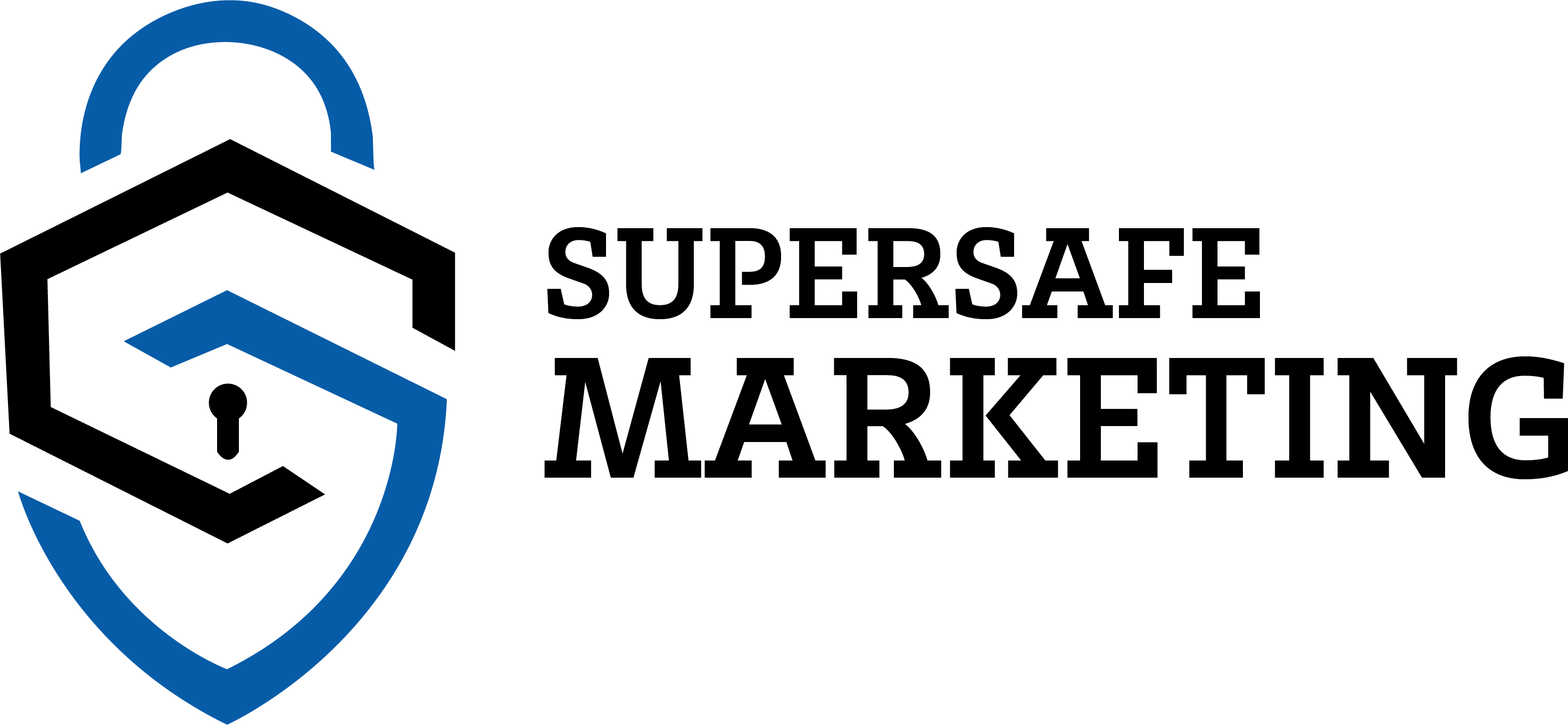Introduction
A landing page, sometimes known as a “lead capture page,” “single property page,” or “static page,” is a standalone web page created specifically for a marketing or advertising campaign. It’s where a visitor “lands” after they click on a link in an email, or ads from Google, Bing, YouTube, Facebook, Instagram, Twitter, or similar places on the web.


